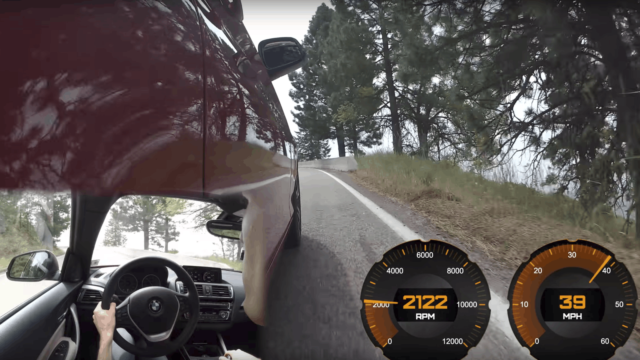
Practice (and knowledge) makes perfect One of the most important features a manual transmission has over an automatic one is that, with the stick, you have the freedom of switching…
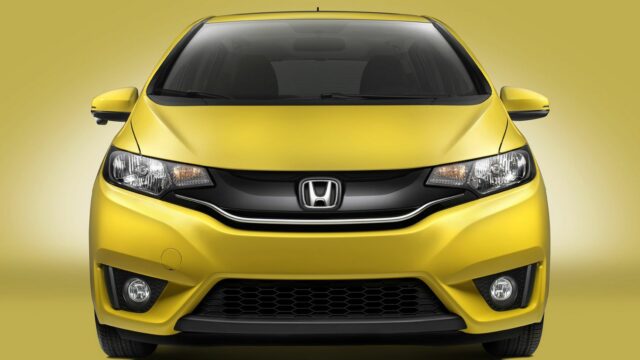
These are the cars to have if you drive a lot in the city The term city car has a more generic meaning in the United States than in Europe….

Old tires are moving time bombs that can be defused with proper knowledge on how to read their age, coupled with proper maintenance and periodical inspection. We can't really stress…
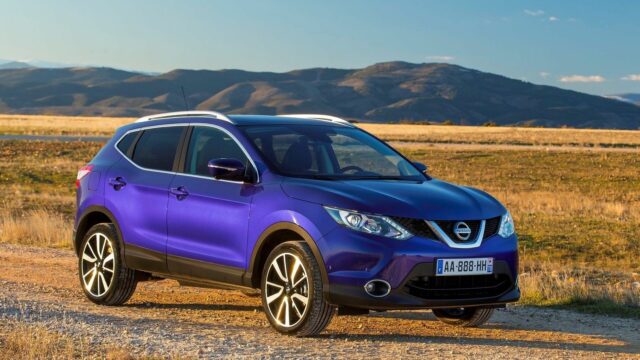
There are some which major on space, practicality and efficiency, while others offer a sportier drive and mean looks It’s hard to ignore the increasing number of good quality crossovers…
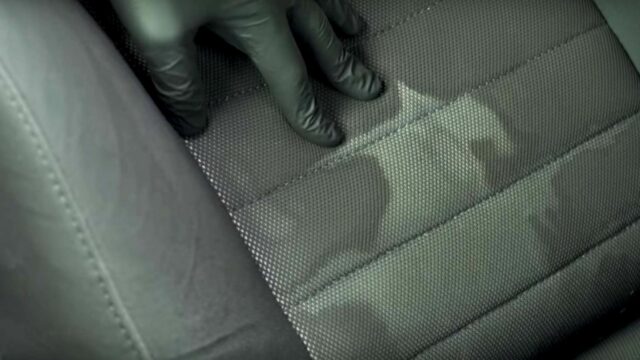
This must be the most efficient, least expensive solution If you own a car and like to drink stuff inside the cabin, you're bound to spill some of that on…

Midsized SUVs comparison can help you choose your 2017 SUV Looking for a mid-sized SUV for you and your family? The guys and girls from Kelly Blue Book have all…
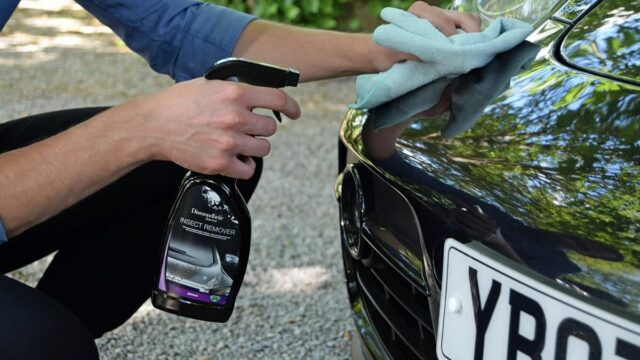
Follow these rules and your car will be just fine until the cold weather returns The experts at Diamondbrite, which is the leading provider of vehicle paint and interior protection…